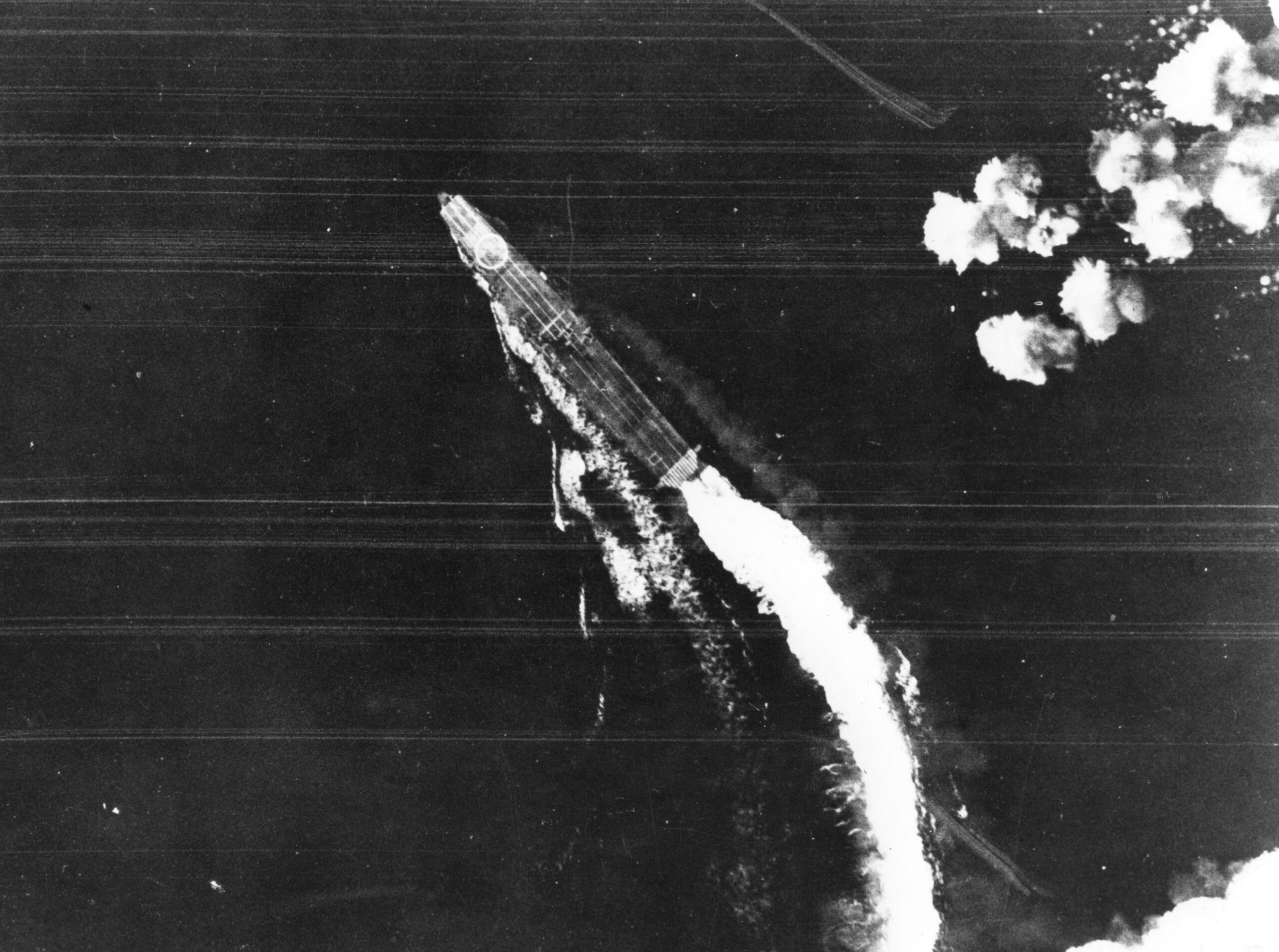Turning Point: The Battle of Midway
On December 7th, 1941, an aerial force of the Imperial Japanese Navy entered American airspace and commenced one of the worst attacks ever felt on American soil. The Territory of Hawaii came under fire as Japanese bombers and fighter planes fired off a relentless barrage, devastating the US Pacific Fleet. Over 2,400 Americans died during the assault on Pearl Harbor, and the Navy struggled to remain a viable power in the Pacific.
No matter how hard any Allied navy tried to push against Japan, they were always met with a persistent and powerful resistance. There was little reason to think that Japan wouldn’t be able to control the Pacific, especially as the United States still struggled to recover from the Pearl Harbor attack.
Then came June of 1942, six months after the fires burned at Pearl Harbor. It became known as the turning point of the war in the Pacific and proved that little, not even the assault on Pearl Harbor, would hold back the United States of America.
The Battle of Midway
Realizing that the American forces still had some strength left in the Pacific, Japan sought to eradicate what was left with one final blow. Its eyes were set on the Midway Atoll where its naval forces would lure the American aircraft carriers to be destroyed once and for all. Should they be able to take Midway, Japan would be in prime position to press forward to Samoa, Hawaii, and Fiji and expand its Greater East Asia Co-Prosperity Sphere.
Unlike at Pearl Harbor, the United States wasn’t entirely in the dark about the Imperial Navy’s plans for Midway. Cryptographers deciphered Japanese code to reveal the plans for the attack, giving the US Navy the upper hand and allowing it the time to organize its own ambush. Unaware of the American intelligence, Japan prepared its attack and brought along four of its six aircraft carriers. Maybe a little overzealous and still recovering from losses incurred at the Battle of the Coral Sea, Japan's navy was far from prepared for what it was about to enter into.
On June 4th, 1942, at 0755—the same time the attack on Pearl Harbor commenced—the United States officially started its attack on the Japanese fleet as it came in towards Midway. Sixteen dive bombers opened the attack. Over the course of that day and the next, both sides suffered losses, and though the USS Yorktown aircraft carrier was the first major vessel to start to sink during the attack, Japan’s Soryu, Kaga, Akagi¸and Hiryu aircraft carriers were all sunk within 24 hours.
At the close of the Battle of Midway, the Japanese had lost four of their carriers and a heavy cruiser, and though they keep trying, it seemed impossible to fully recoup, finding their resources to be diminished greatly.








